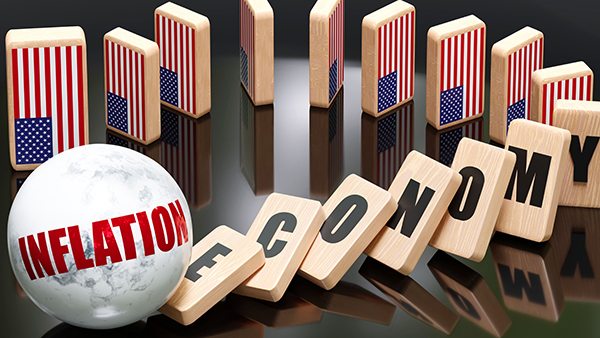 Parler
Parler Gab
Gab
Used car dealers' earnings dropping
The nation's biggest used car dealer, CarMax, recently reported that its earnings had dropped 54% as its car sales during the quarter dropped 6.4% compared to one year ago. The company cited issues such as “vehicle affordability challenges” due to inflation, along with low consumer confidence and increasing interest rates as being behind their lower performance. The limited supply problem that is sending new car prices upward can largely be attributed to a shortage of parts such as computer chips. Higher vehicle prices have been a significant factor in overall inflationary pressures as two out of five American households buy a car every year. Unfortunately, not all people in the market for a vehicle right now have the luxury of waiting for the situation to improve. Experts say it is important to pay attention to what is happening in your local market if you need to buy a car right now and compare the prices available at different dealerships as well as on major listing sites like Autotrader.com and Cars.com. Once you know your car's trade-in value, figure out what kind of down payment you can afford to make as well as your monthly budget, and stick to it while shopping. Like many consumers, you may find that you have to compromise on some features you’re looking for or purchase an older model in order to find a reasonable price in the face of ongoing inflation. Sources for this article include: ZeroHedge.com CNN.comSpooky: Prices of candy, other sweets up big this Halloween
By Mary Villareal // Share
Rising U.S. nitrogen exports to Europe create domestic scarcity for American farmers
By Cassie B. // Share
If red states want protection from collapse they will have to build alternative economies
By News Editors // Share
Governments continue to obscure COVID-19 vaccine data amid rising concerns over excess deaths
By patricklewis // Share
Tech giant Microsoft backs EXTINCTION with its support of carbon capture programs
By ramontomeydw // Share
Germany to resume arms exports to Israel despite repeated ceasefire violations
By isabelle // Share










